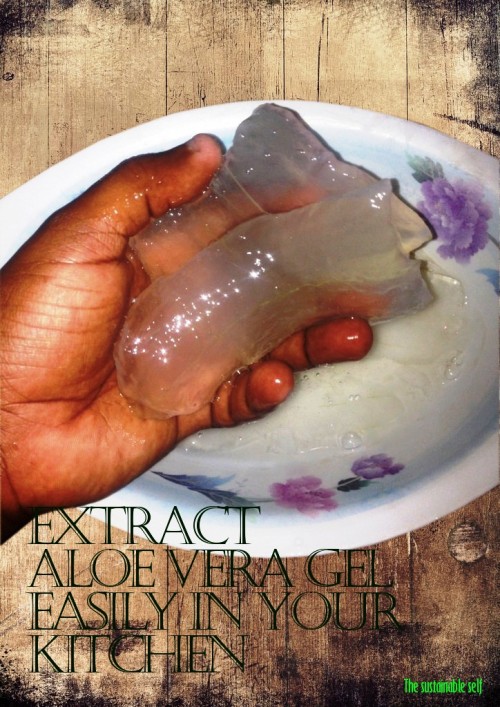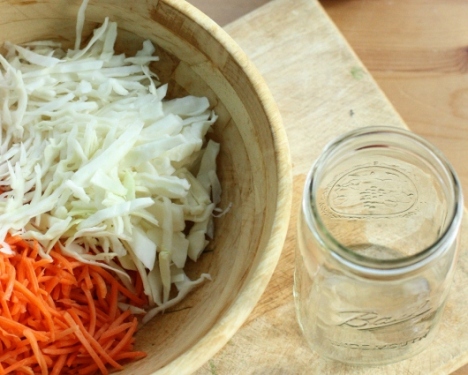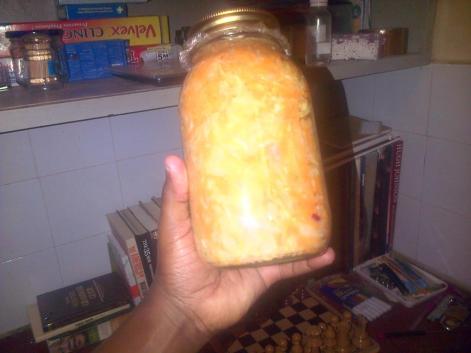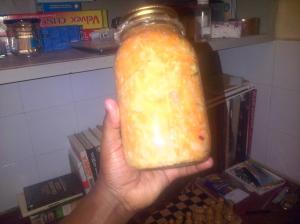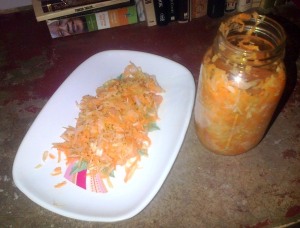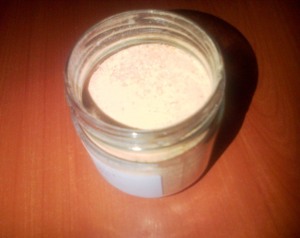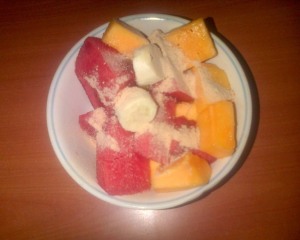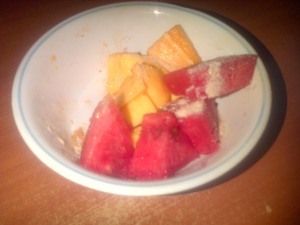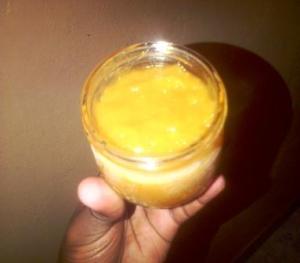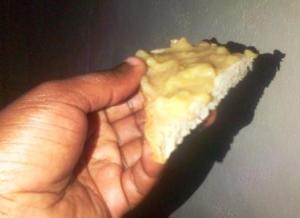Today I want to show you how I make coconut oil at home without the use of expensive presses and machines. We will use the basic utensils that every home has. It is a very easy technique that has always been used for generations by the Digo and many other communities along the East African coast.
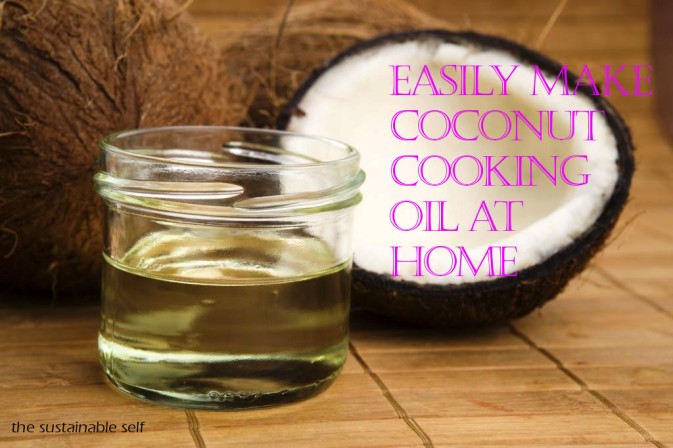
Coconut oil is certainly one of the “super” oils. Its well documented health benefits and uses are countless. From cooking with it to use as medicine, from application on skin/ hair to use in making amazing cosmetic products. It is one of the few oils with anti-microbial qualities! and for above reasons and more, it is an oil loved by all humanity.
My interest in the coconut cooking oil has for many times led me to the supermarkets and shops. A simple survey of cooking oils on any shop’s shelf always surprises me. Almost all of the oil is palm oil. Do you know that the raw palm oil used by the many edible oil manufacturers is exclusively imported all the way from the far east countries? This obviously means that a majority of homes in Kenya use palm oil for cooking.
I certainly think that in coconut oil, we have a better alternative. First, we are a lucky country because the nut is in plenty at the coast. With a few coconuts and a little time, making healthy cooking oil is really easy. The other thing is; have you had a look at the prices of coconut cooking oil in the supermarkets? They are shockingly high. A litre of the oil goes for an average of KShs 1000- a good reason for you to make your own.
Alright, let’s get started
You will need to get mature coconuts. The mature they are, the more oil you will get. At the coast, in markets. Our mothers have always easily identified and selected the better mature coconuts from the rest. The ones that will produce more heavy coconut milk (tui nzito). They do this easily by placing the coconut closer to the ear and giving it a shake. The ones with less “swoosh” means that they have less coconut water and hence more meat in them (more meat means more coconut milk). Give this a try and more often than most you will get it right too.
Break the coconut open with a panga, hammer, stone or by just dropping it with force on a hard floor 😀 Whichever way you break it open, don’t throw out the nutritious coconut water that “flows” from the nuts. Collect the refreshing drink in a cup and enjoy.
One thing to point out is that you will need to start the coconut oil making process in the evening, because you actually have to let the milk sit out overnight. After breaking open the coconut, you will need to grate it. You can do this by using some form of grater or simply the “mbuzi”, then extract the “tui” using a “kifumbu” like the coastal people do.
If you don’t have these, no worries! You can still use a regular blender. Using a knife, place the coconut flesh that you have broken down into small cubes in the blender. Add a little water and grind to a smooth paste. Next, pour the contents of the blender into a large bowl and use your clean hands to squeeze the milk out of the shredded coconut.
Transfer the contents of the bowl into a large kitchen sieve and squeeze out the milk. Add a little water if necessary and repeat the process until you are satisfied that all the coconut milk has been extracted. In a larger bowl, leave the coconut milk overnight (8- 12 hours) at room temperature, covered of course, so that no insects or anything else comes into contact with it.
The next day, you will find that the coconut cream has separated from the coconut water. The white curd will be floating on top of the water. Actually what happens is that the milk naturally ferments, which is a good thing as this allows for the clear and easy separation of the cream from the water.
Using a large spoon, scoop off the top cream layer into a “sufuria” or cooking pot. Only skim out the curd into the “sufuria”. The less water you will have in your “sufuria” the less time it will take to boil it out. Throw out the remaining water in the bowl, you don’t need it.
Place the cooking pot with the cream on a stove and boil it, but be careful not to spill it out due to high heat. When it reaches a boil reduce heat to a medium. Our aim is in boiling out all the water, then separate the curd from the oils. Let it boil on medium heat for about 40 min until all the water evaporates and the oil rises to the top.
Once you are sure that all the water has been cooked out of the oil (usually at the 40 min mark), carefully transfer the oil into a clean stainless steel container or anything that will not melt under the high oil heat. Finally when it has cooled, transfer into your clean, dry, cooking oil jar.
On average, usually 2 large coconuts get me about a cup of good coconut oil (about 250ml). You can now enjoy your cooking as you will be having fresh cooking oil that you have made yourself 🙂 You are entitled to a sense of achievement. You just made an oil that you can use on your skin (hair) or baby’s as well.












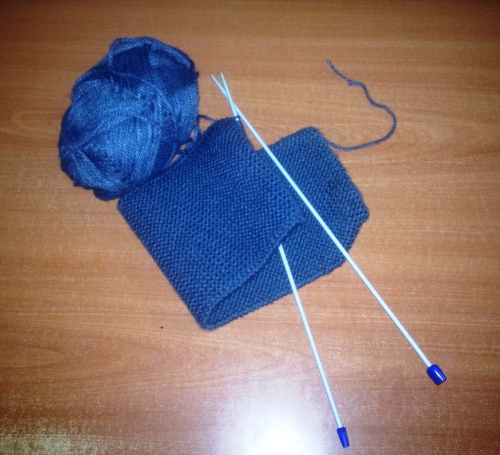
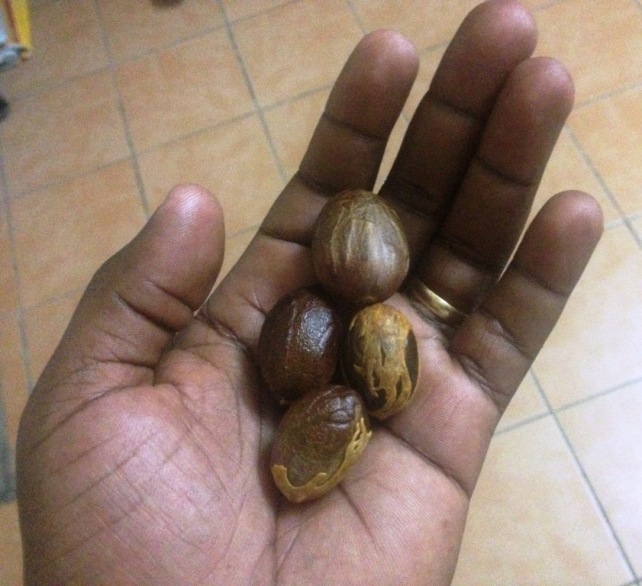



 The octopus is not an uncommon dish at the coast. In Likoni and the South coast, this special delicacy is prepared in many homes and a few roadside restaurants. But still, you will find that many people are uninterested in it or have no idea where to get it. How to cook it is also a problem to many.
The octopus is not an uncommon dish at the coast. In Likoni and the South coast, this special delicacy is prepared in many homes and a few roadside restaurants. But still, you will find that many people are uninterested in it or have no idea where to get it. How to cook it is also a problem to many.























